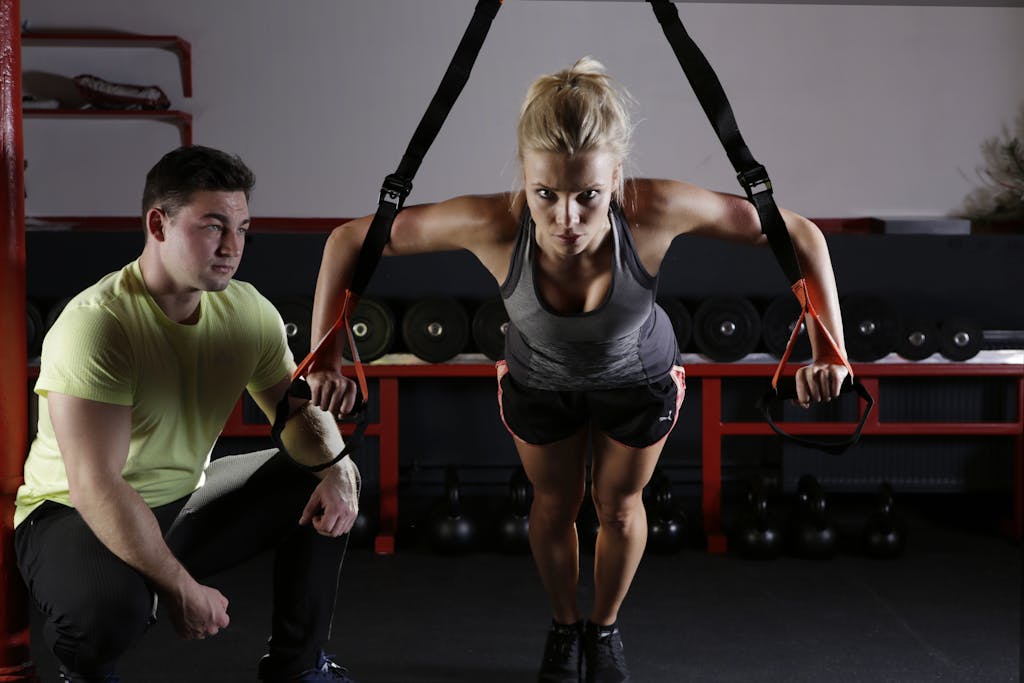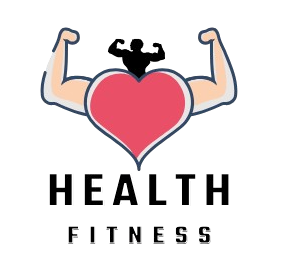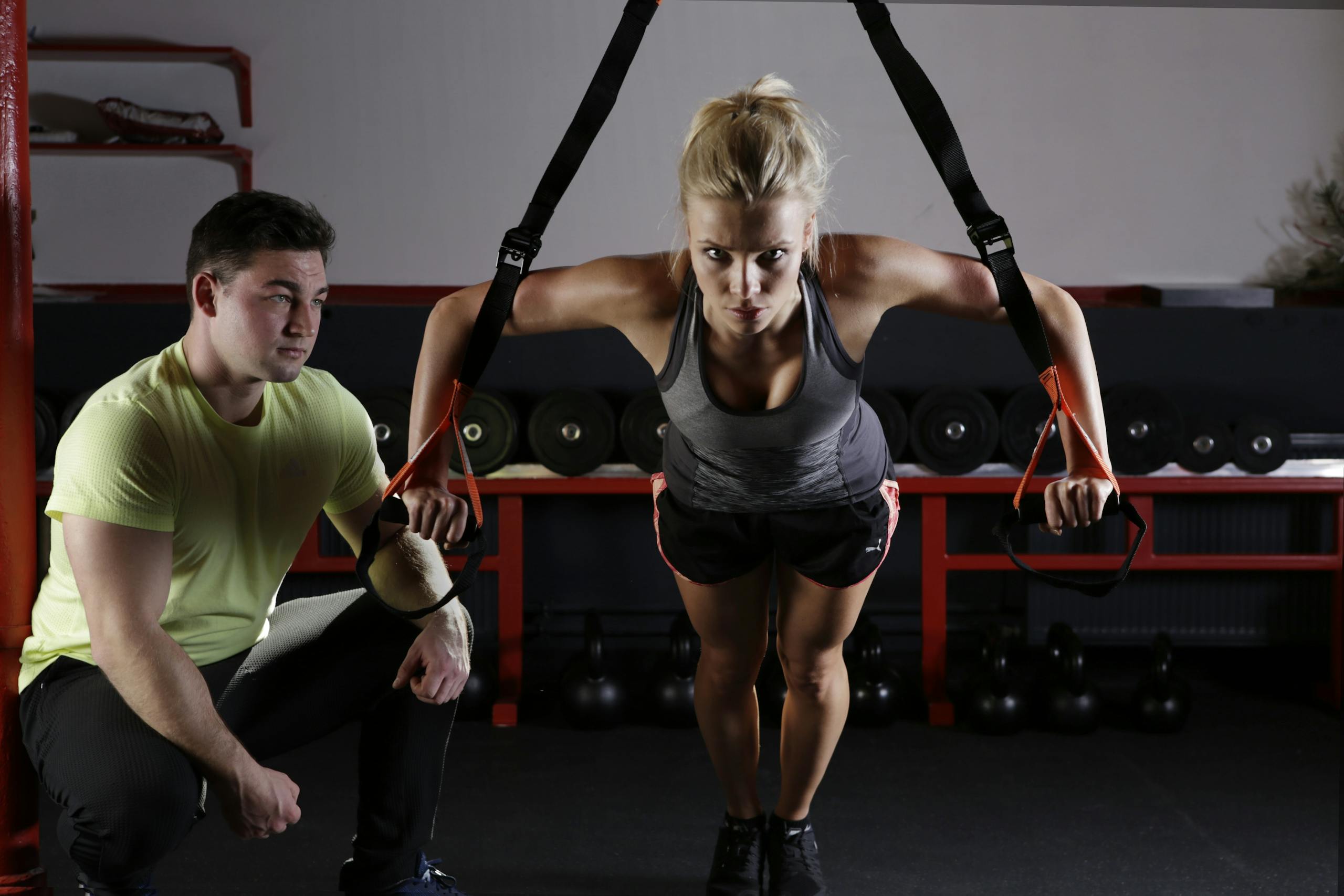How to Start a Fitness Routine as a Beginner: Keep It Simple, Effective, and Sustainable!

Starting a fitness routine can feel overwhelming, especially with all the advice out there about what exercises to do and which foods to eat. But here’s the truth: getting started doesn’t have to be complicated! In fact, the simpler you keep it, the better your results will be. Let’s dive into how to create a balanced workout and nutrition plan that’s effective, sustainable, and can help you reach goals like muscle building, fat loss, or endurance building.
Step 1: Define Your Goal
First, ask yourself: What do you want to achieve? Are you aiming for fat loss, muscle gain, or better endurance? Defining your goal will help guide your workout and nutrition choices.
- Fat Loss: Focus on higher-intensity cardio combined with strength training to build muscle and increase calorie burn.
- Muscle Building: Emphasize strength training with progressive resistance to stimulate muscle growth.
- Endurance Building: Opt for longer, moderate-intensity exercises and activities that build cardiovascular and muscular endurance.
Step 2: Keep Workouts Simple and Goal-Oriented
Whether you’re working out at home or in a gym, start with a few core exercises that match your goals and stick with them until you’ve built a habit. Let’s look at bodyweight and weight training exercises that can fit each goal.
Fat Loss
- Bodyweight: Jump squats, burpees, mountain climbers, and high knees.
- Weight Training: Dumbbell thrusters, kettlebell swings, and circuit training (e.g., a mix of compound exercises like squats and rows).
- Frequency: 4-5 times a week, mixing cardio and resistance training.
Muscle Building
- Bodyweight: Push-ups, pull-ups, tricep dips, and bodyweight squats.
- Weight Training: Bench press, deadlift, squats, overhead press, and curls.
- Frequency: 3-4 times a week focusing on progressive overload (adding more weight or reps each week).
Endurance Building
- Bodyweight: Walking lunges, high-rep squats, step-ups.
- Weight Training: Light-weight, high-rep exercises like kettlebell swings and dumbbell lunges.
- Frequency: 3-4 times a week, combining low-intensity cardio (like jogging) and higher-rep weight training.
Step 3: Fuel Your Body with Simple Whole Foods
Fitness is only half the battle; nutrition is key to seeing results. Here’s how to make smart, whole-food choices based on your goals by understanding macronutrients: proteins, carbohydrates, and fats. Let’s break them down with easy examples:
- Protein: Essential for muscle repair and growth, protein should be a priority for all goals. Great sources include:
- Chicken Breast: 165 calories, 31g protein, 0g carbs, 3.6g fat (per 100g)
- Greek Yogurt: 100 calories, 10g protein, 5g carbs, 0g fat (per 100g)
- Eggs: 70 calories, 6g protein, 1g carbs, 5g fat (per large egg)
- Carbohydrates: These are your body’s energy source, particularly for endurance and fat loss workouts.
- Sweet Potatoes: 86 calories, 20g carbs, 2g protein, 0.1g fat (per 100g)
- Oats: 68 calories, 12g carbs, 2.4g protein, 1.4g fat (per 100g)
- Bananas: 89 calories, 23g carbs, 1.1g protein, 0.3g fat (per medium banana)
- Fats: Fats are vital for hormone health and maintaining steady energy levels.
- Avocado: 160 calories, 15g fat, 9g carbs, 2g protein (per 100g)
- Almonds: 579 calories, 21g carbs, 21g protein, 49g fat (per 100g)
- Olive Oil: 120 calories, 14g fat, 0g protein, 0g carbs (per tablespoon)
For fat loss, aim for a calorie deficit with more protein and fewer fats. For muscle gain, increase your protein and carb intake to support muscle repair. For endurance, balance carbs and protein to fuel long workouts and aid recovery.
Step 4: Stay Consistent, Not Perfect
Consistency is your best friend in fitness. If you can stick to a simple plan, even on days when motivation is low, you’ll see results over time. Focus on building these habits and adjusting gradually as your body adapts.


Recent Comments